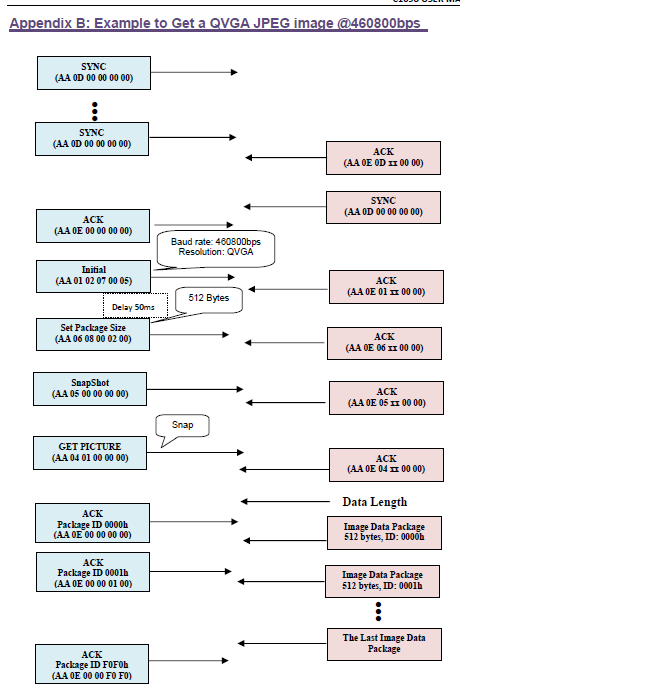Hello.
Iam traying receive more of 16 bytes by the UART, I am sending 20 bytes buy a terminal, but only receive the first 16....
this is my code:
----------------------------------------------------------------------------------------------------------------
After that I configure the UART
uint8_t RX_BUFFER[20]; //array for save bytes
int p=0;
while((UART0_FR_R&0x0010)!=0); Loop for wait, a byte was received by terminal
RX_BUFFER[p++]=UART0_DR_R&0xFF;;
-------------------------------------------------------------------------------------------------------------------
I dont know why save only 16


